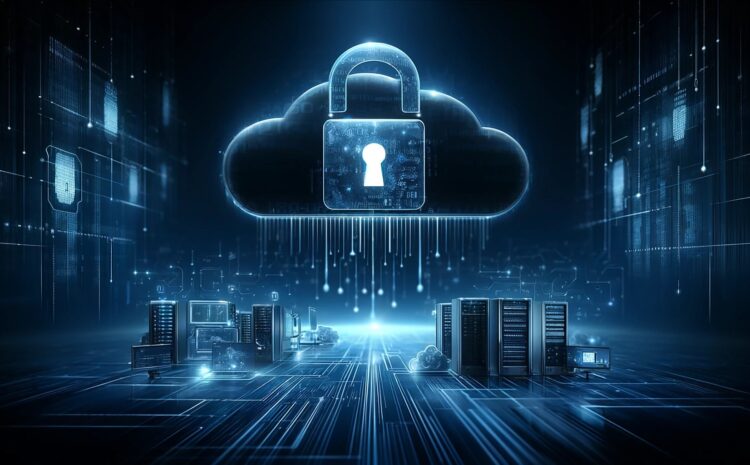
Ransomware attacks involve malicious software designed to block access to a computer system or data until a ransom is paid. These attacks encrypt the victim’s files, making them inaccessible, and demand payment to provide the decryption key.
The financial impact of ransomware attacks can be devastating, with costs running into millions of dollars for recovery, not to mention potential legal liabilities and loss of business.
Ransomware Costs Businesses Record-High $1 Billion in 2023
$9.44M is the average cost of a ransomware attack
Ransomware typically targets the most vulnerable and valuable systems within a company. Here are the top three targets:
- End-user devices: Attackers often start with individual workstations as entry points.
- Internal company servers: These are valuable because of the critical data they host.
- Data warehouses and data lakes: The biggest impact occurs here, as these contain the bulk of a company’s analytical and operational data.
Securing data lakes from ransomware attacks is a critical concern for organizations, especially given the value and volume of data stored in these environments. Here are detailed explanations of the top three approaches to securing data lakes:
1. Regular Backups: This approach involves creating frequent and comprehensive backups of the data lake content. The backups should be stored in a separate location, physically or in the cloud, to ensure they are not accessible through the same network pathways as the primary data lake.
Cons: The main drawbacks include the high costs associated with storing large volumes of backup data and the time it takes to restore data from backups, which can result in operational downtime. Additionally, backups themselves can be targeted by ransomware if not properly isolated.
2. Network segmentation: This involves dividing the broader network into smaller, controlled segments or subnets, each with its own security controls. This can prevent the spread of ransomware across the entire network, as segments can be isolated in response to an attack.
Cons: Implementing network segmentation can be complex and costly, requiring sophisticated network architecture and ongoing management. It also doesn’t prevent the initial compromise within a segmented area.
3. Immutable data: Immutable data storage means that once data is written, it cannot be changed or deleted. This can be achieved through specific storage solutions or by adopting suitable best practices that avoid overwriting data when designing data transformation pipelines.
The greatest advantage of immutable storage is its strong defense against ransomware attacks, as the data cannot be encrypted or altered by the attacker. It ensures data integrity and availability, even in the event of an attack.
Cons: The main downside is the potential increase in storage costs, as data must be retained in its original state and cannot be overwritten. However, compared to other approaches, immutable data has fewer cons because it provides a robust, straightforward defense mechanism that requires less active management.
This immutable data approach is recognized as the most effective to prevent ransomware attacks. See:
94% of IT leaders rely on immutable storage to protect data as ransomware attacks skyrocket
Gartner Report Highlights Data Immutability as Key to Ransomware Protection
The immutable data approach is integral to the design of the Trel DataOps and Automation platform. Our unique data catalog and automation methodology allows data teams to design ETL, data science, and reporting pipelines that completely avoid data updates and overwrites. This allows the administrator to remove overwrite and delete access from the credentials of all data lake developers and users, turning even the primary data lake immutable. Only Trel’s data lifecycle module is allowed to delete data and this credential is not visible to developers and is tightly controlled for administrators.
By ensuring that even the primary data lake cannot be tampered with or encrypted by ransomware, Trel provides a resilient foundation for data operations. This approach not only secures the data against external threats but also simplifies compliance with data integrity and retention regulations. If ransomware attacks are a concern, please reach out to us for a free consultation.






